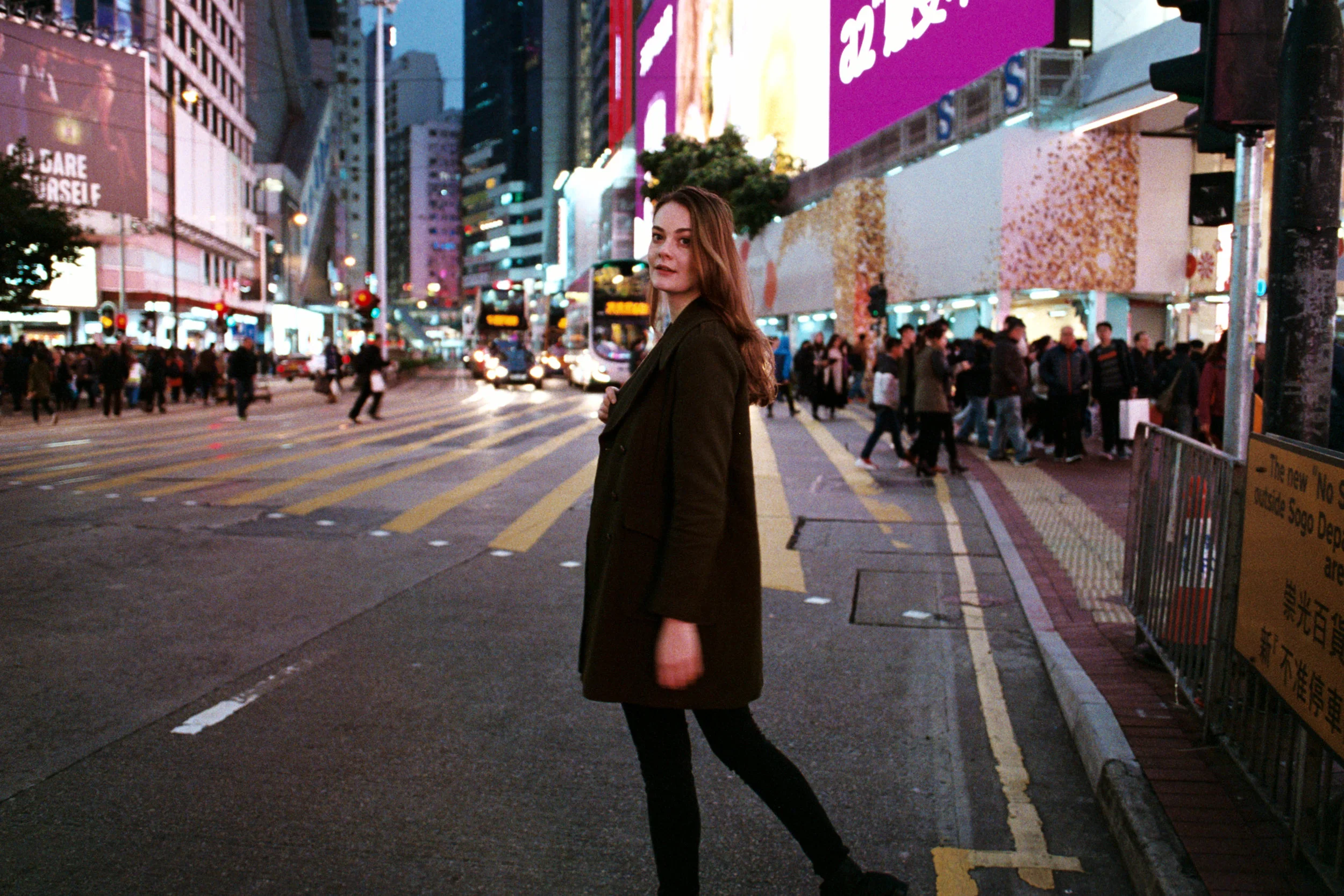Comparing Image Stabilization and Fast Lenses - Nikon F6 + 28mm f/1.4E and Canon 1v + 28mm f/2.8 IS
When the light begins to fade, the knee-jerk reaction is always to shoot wide open with fast lenses. Normally, that's the route I take in lower light situations. But increasingly, I'm beginning to question my over-dependency on this go-to approach. As much as I like a good dollop of background blur, shooting wide open does come with its fair share of limitations. For example, you need to hit tack focus for the image reproduction to look right.
Having said that, the need to hit tack focus wide open isn't really a huge concern, despite the unforgiving margin of error typical of the thin depth of field. With good manual focus fundamentals or familiarity with a camera's autofocus system, getting tack focus on a subject's lead eye isn't exactly a real hardship anymore. But then, what do you do when there is a group of people? With everyone likely to be on different focal plane, the prospect of getting tack focus on each person's lead eye is very unlikely.
Well that is, unless you evoke your inner Stanley Kubrick, in judiciously lining up everyone on the same focal plane - which I have on many occasions - though not by candle light.
That said, I don't encounter many group situations in documentation. So the issue of hitting tack focus on multiple subjects within a thin depth of field isn't a noticeable concern. Still, that doesn't mean I'm not mindful of what an over reliance on shooting wide open in lower light situation can be. I run the risk of looking predictable in my composition and expression.
Canon EOS 1v + Novoflex EOS-R + Leica 50mm f/1.4 Summilux "E60" + Kodak Ektachrome 100. The actual light condition isn't low per se in this case. But since the selected film used in this image set is very slow, the light condition wasn't optimal. Also worth noting, the film might have expired or was inappropriately used indoors. This I'm not sure.
Canon EOS 1v + Novoflex EOS-R + Leica 50mm f/1.4 Summilux "E60" + Kodak Ektachrome 100
Canon EOS 1v + Novoflex EOS-R + Leica 50mm f/1.4 Summilux "E60" + Kodak Ektachrome 100
Canon EOS 1v + Novoflex EOS-R + Leica 50mm f/1.4 Summilux "E60" + Kodak Ektachrome 100
Canon EOS 1v + Novoflex EOS-R + Leica 50mm f/1.4 Summilux "E60" + Kodak Ektachrome 100
Canon EOS 1v + Novoflex EOS-R + Leica 50mm f/1.4 Summilux "E60" + Kodak Ektachrome 100
Canon EOS 1v + Novoflex EOS-R + Leica 50mm f/1.4 Summilux "E60" + Kodak Ektachrome 100
Of course, I could always crank up the ISO in order to gain some added flexibility in lower light situations. However, I've never been partial to that approach. To me, the trade-off of increased noise suffered in high ISO image reproduction never seemed like a fitting exchange for lower light capture. How could it be? You're basically giving up definition of resolved details for improved tonal rendering in low light.
Call me old fashioned. But, I've always found high ISO photography to be somewhat of a cop-out. This is not to say that high ISO photography doesn't have its place in the world. In fact, it can sometimes be downright indispensable. Unfortunately, its ubiquitous use in normal practice has increasingly become a crutch abused by many who value certainty in capture over optimization of rendering. More often than not, high ISO is not necessary.
Though to be fair, I can understand why high ISO can be so appealing. It allows one to bump up both shutter speed and aperture setting. And it's wonderful when you do that. You can better freeze motion in the documentation without being precise in focus. In other words, high ISO allows one to concentrate more on documentation, given greater certainty in capture, as oppose to the pesky job of optimizing rendering - which requires more involvement from the photographer.
Canon EOS 1v + Canon EF 28mm f/2.8 IS USM + Kodak Portra 400 - 1/6s. The film is not balanced for fluorescent lighting.
Nikon F6 + Nikon AF-S 28mm f/1.4E + Kodak Portra 400 - at 30 minutes before sunset...
Canon EOS 1v + Canon EF 28mm f/2.8 IS USM + Kodak Portra 400
Canon EOS 1v + Canon EF 28mm f/2.8 IS USM + Kodak Portra 400
Canon EOS 1v + Canon EF 28mm f/2.8 IS USM + Kodak Portra 400
Nikon F6 + Nikon AF-S 28mm f/1.4E + Kodak Portra 400
Canon EOS 1v + Canon EF 28mm f/2.8 IS USM + Kodak Portra 400
There is of course a third option, in approaching image capture under poor lighting. One could just shoot at lower shutter speeds. But then you'll encounter the downside associated with delaying the act of completing the exposure. You run the risk of motion blur from either the subject's inability to stay motionless or your own inability to prevent the camera from shaking at the decisive moment.
From the perspective of certainty, slowing one's shutter speed doesn't appear to be an inviting alternative to documenting wide open or even documenting at high ISO, under low light conditions. After all, the margin of error is significantly higher, given diminished control over a subject's involuntary movement and increased demand in one's shooting fundamentals to keep the camera still for a longer duration of time.
Nevertheless, the promise of increased depth of field without the downside of image noise makes the option of lower shutter speeds in poor light conditions a tempting alternative. It can offer relatively more precision in documentation without as much loss in overall resolved details or tonal definition typical of shooting wide open or high ISO respectively.
Nikon F6 + Nikon AF-S 28mm f/1.4E + Kodak Portra 400
Canon EOS 1v + Canon EF 28mm f/2.8 IS USM + Kodak Portra 400
Nikon F6 + Nikon AF-S 28mm f/1.4E + Kodak Portra 400
Canon EOS 1v + Canon EF 28mm f/2.8 IS USM + Kodak Portra 400
Canon EOS 1v + Canon EF 28mm f/2.8 IS USM + Kodak Portra 400 - at 15 minutes before sunset...
Fortunately, camera manufacturers have recognized the obvious benefit of lower shutter speed as a feasible alternative to lower light image capture. This in turn has led to the development of image stabilization technology, which made steadier image capture possible. With it, shutter speed can be reduced by up to four stops in providing greater flexibility in either increasing depth of field or decreasing ISO speed for more resolved detail or tonal definition in rendering.
Admittedly, image stabilization cannot fully eliminate the uncertainty of motion blur from the equation. It's not as if advances in camera and lens technology can prevent a subject from involuntary movement. Because of that, there would be an increased expectation for the subject to remain still for the completion of the image capture. However, image stabilization will greatly mitigate the probability of camera shake at low shutter speeds, assuming that proper shooting fundamentals continue to be observed in practice.
For my part, I seldom use image stabilization in normal practice. I can only guess my oversight derives from an assumption that image stabilization is reserved for longer focal length requiring added stabilization. Admittedly, much of my prevailing outlook owes substantially to the absence of stabilizing technology in full frame Leica systems. However, I am mindful of how effective image stabilization can be in normal use, from my experience with the Sony A9 and the Sony A7.
Nikon F6 + Nikon AF-S 28mm f/1.4E + Kodak Portra 400 - at sunset...
Canon EOS 1v + Canon EF 28mm f/2.8 IS USM + Kodak Portra 400 - 1/8s hand held.
Nikon F6 + Nikon AF-S 28mm f/1.4E + Kodak Portra 400
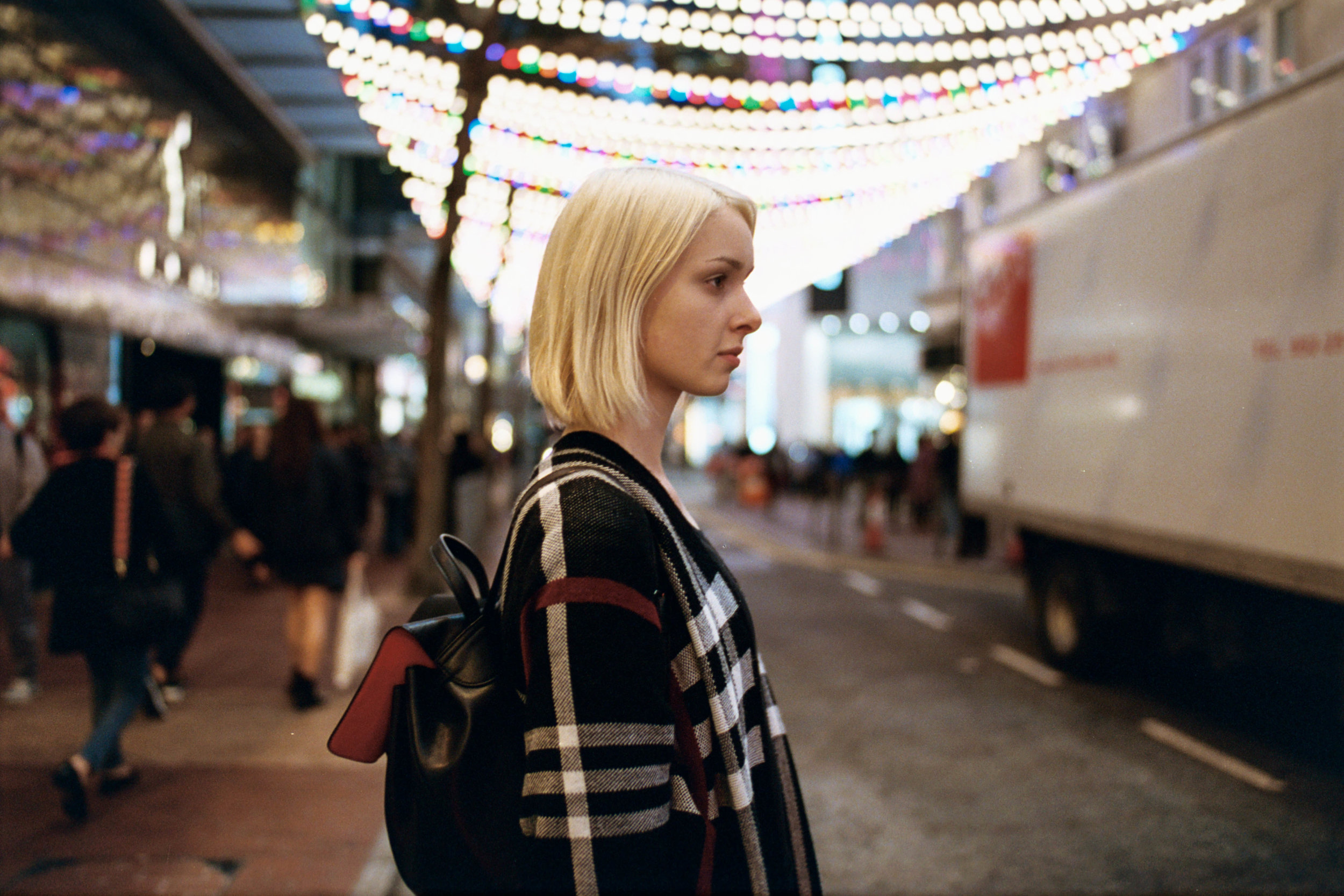
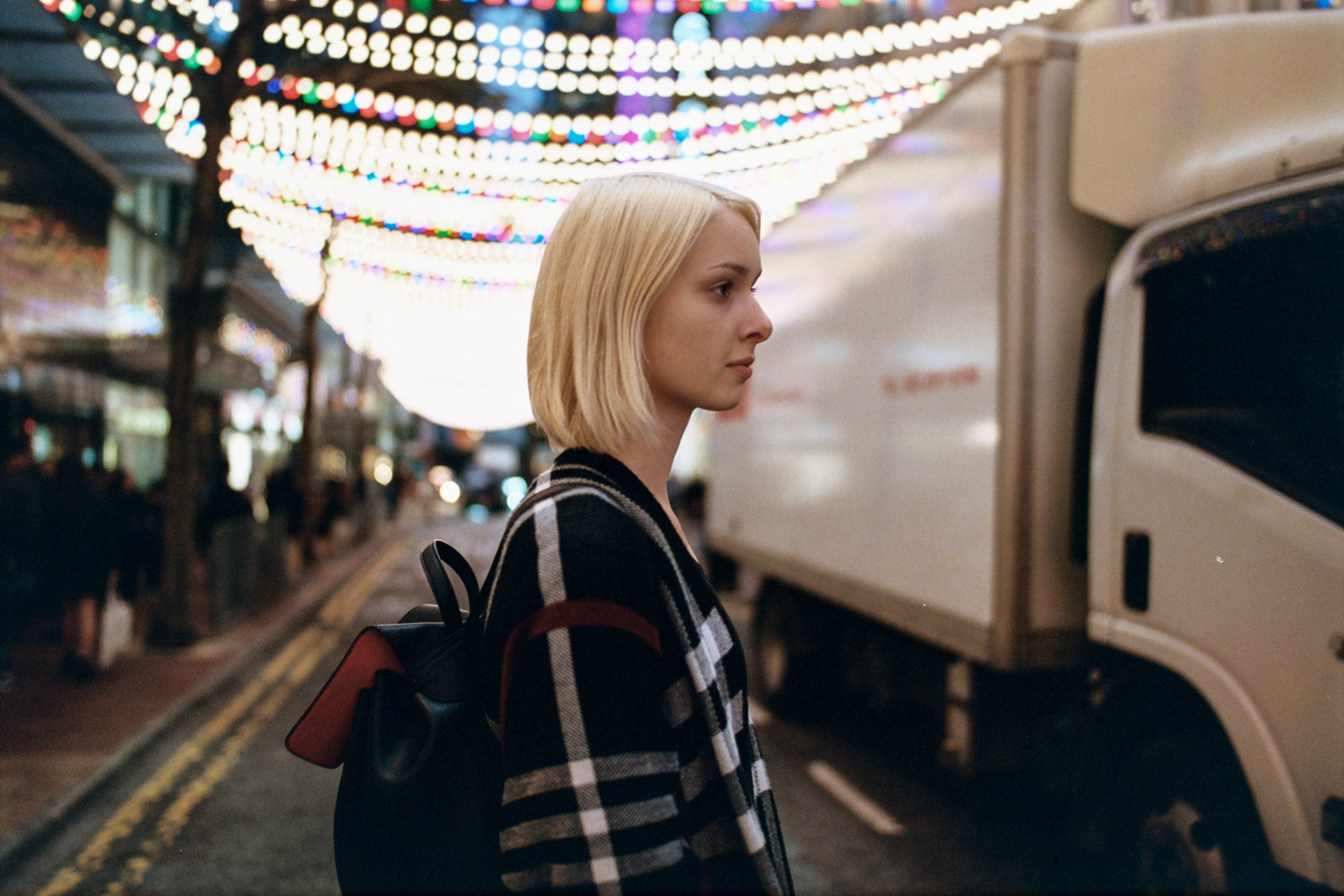
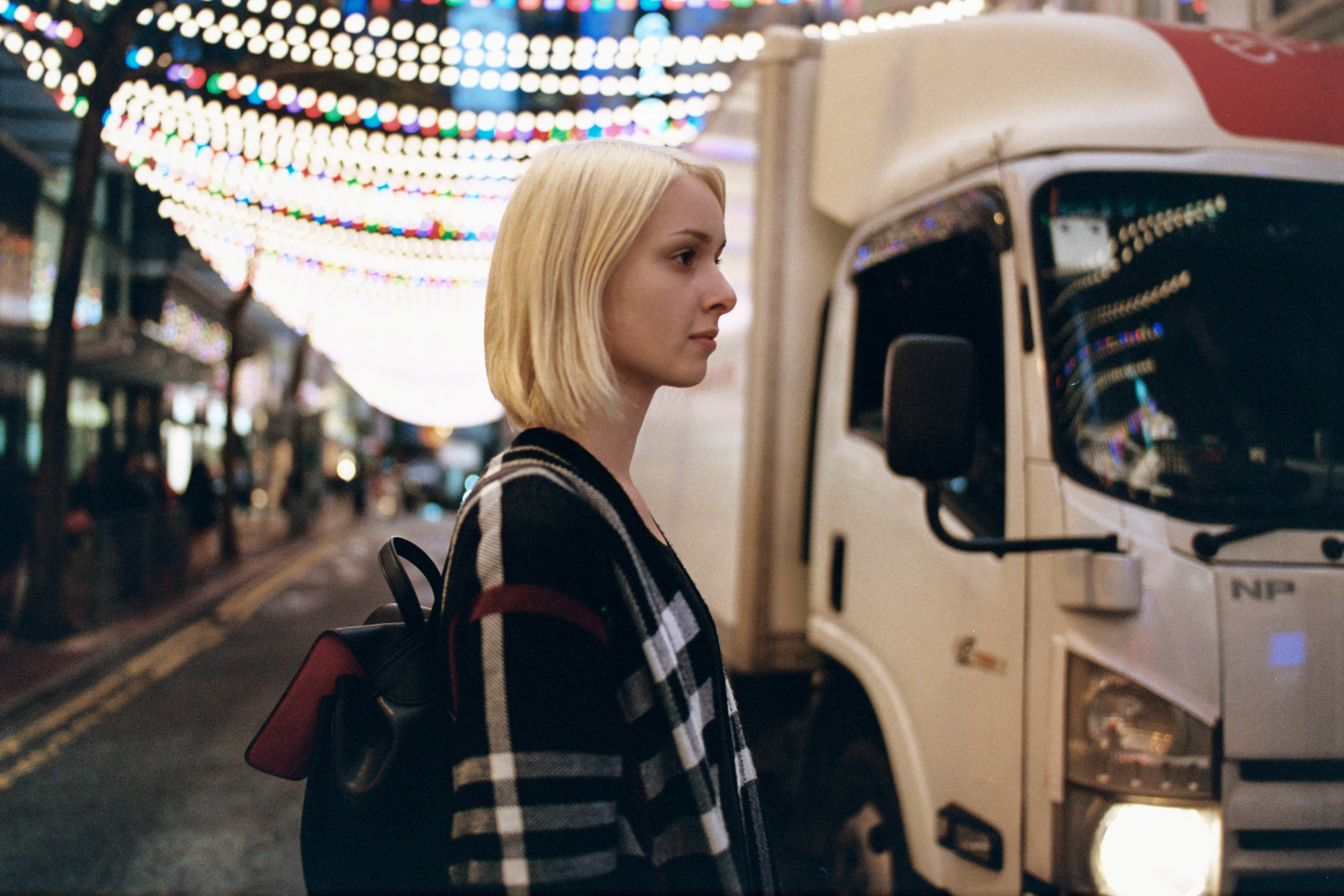
Canon EOS 1v + Canon EF 28mm f/2.8 IS USM + Kodak Portra 400 - An attempt on a pan shot at 1/15s. Obviously, I need practice.
Nikon F6 + Nikon AF-S 28mm f/1.4E + Kodak Portra 400
Canon EOS 1v + Canon EF 28mm f/2.8 IS USM + Kodak Portra 400
With that in mind, I decided to conduct a dusk-to-nighttime comparison to demonstrate how unnecessary high ISO is, in fading and low light conditions. The gear I used for this comparison is as follows:
Nikon F6 + Nikon AF-S 28mm f/1.4E
Canon EOS 1v + Canon EF 28mm f/2.8 IS USM
And as a bonus, I also added the following too:
Canon EOS 1v + Novoflex EOS-R + Leica 50mm f/1.4 Summilux-R "E60"
Also worth noting was my decision to conduct this comparison with film. From a functional perspective it made more sense than digital capture, because:
it confirmed the absence of high ISO use in low light documentation, given the fastest film I used in this comparison had a speed of ISO 800.
it created a situation which enabled the actual use of a lens limited to its maximum aperture setting of f/1.4
Yes, the Nikon AF-S 28mm f/1.4E cannot be stopped down on the Nikon F6. No E-series lens is fully functional on any Nikon camera manufactured before the Nikon D2. Unfortunately, Nikon E-series lenses require an in-camera electric connector to access the electromagnetic diaphragm used to operate the in-lens aperture blades.
Strangely, this blog post might be amongst the first documentary use of the Nikon AF-S 28mm f/1.4E shot on film.
The film used in this comparison includes:
Kodak Ektarchrome 100
Kodak Portra 400, 800
Fujifilm Superia Venus 800
Last, I purposely selected color film over black and white film, because I didn't want the sample documentation to hide behind the redaction of a desaturated rendering. This way, I can demonstrate how much more intense the color reproduction is at lower ISO than a typical high ISO rendering in low light.
Nikon F6 + Nikon AF-S 28mm f/1.4E + Kodak Portra 400 - Pushed 2 stops... I suppose this could benefit from a higher speed film.
Canon EOS 1v + Canon EF 28mm f/2.8 IS USM + Kodak Portra 400 - Pushed 2 stops... I suppose this could benefit from a higher speed film.
Nikon F6 + Nikon AF-S 28mm f/1.4E + Kodak Portra 400
Canon EOS 1v + Canon EF 28mm f/2.8 IS USM + Kodak Portra 400
Nikon F6 + Nikon AF-S 28mm f/1.4E + Kodak Portra 400
In comparing the resulting documentation between the two lenses, it is evident that both can perform reasonably well in low light conditions, despite refraining from high ISO use. When the image capture is documented correctly, both resolved details and tonal definition are significantly better (as expected) than any outcome resulting from high ISO rendering. Having said that, neither a fast lens shot wide open or a slower lens with image stabilization can simultaneously freeze motion and acquire focus on multiple focal planes. For that, you will need high ISO.
But for most documentary need, it isn't necessary to do both at the same time. Or to put it another way, how often does one ever need to freeze motion and focus on multiple focal plane at the same time? Usually, one only needs to do one or the other. So from that perspective, high ISO isn't necessary for most general use in low light conditions. At the very least, this is what I believe the sample images demonstrate on this post.
So in my opinion, what is clearly beneficial in rejecting high ISO is the resulting outcome inherent to using a fast lens wide open or a slow lens with image stabilization. Given how clear this is, I cannot understand why anyone would continue clinging to the certainty of high ISO documentation, given how other options can offer better results. As stated earlier, it's no secret how visually alluring a fast lens shot wide open can be, especially in low light.
Still, rendering out-of-focus background blur gets boring very fast.
Nikon F6 + Nikon AF-S 28mm f/1.4E + Fujifilm Superia Venus 800 - The magenta colorization in the skin tone is a result of the LED signage across the street.
Canon EOS 1v + Canon EF 28mm f/2.8 IS USM + Fujifilm Superia Venus 800
Nikon F6 + Nikon AF-S 28mm f/1.4E + Fujifilm Superia Venus 800
Canon EOS 1v + Canon EF 28mm f/2.8 IS USM + Fujifilm Superia Venus 800
Nikon F6 + Nikon AF-S 28mm f/1.4E + Fujifilm Superia Venus 800
Nikon F6 + Nikon AF-S 28mm f/1.4E + Fujifilm Superia Venus 800
Canon EOS 1v + Canon EF 28mm f/2.8 IS USM + Fujifilm Superia Venus 800
Canon EOS 1v + Canon EF 28mm f/2.8 IS USM + Fujifilm Superia Venus 800
For this reason, I've given image stabilization renewed attention, given a desire to expand my approach to low light documentation. So, it only made sense I embarked on this undertaking to determine whether image stabilization could compete against a fast lens in low light conditions. From what I can see in this comparison, I cannot say if one is better than the other. In evaluating all the samples photographed, image stabilization seem to be as pleasing as fast lenses in low light conditions.
I guess sometimes it's just as pleasing to see more detail beyond the lead eye.
In addition, I also found a little imperfection resulting from a slower shutter speed could sometimes be pleasing too. When shot at just the right moment, staged or opportunistic motion blur could substantially impact the documentation by introducing an added dimension of dramatic uniqueness. This can range from strands of hair waving subtly in the wind to hapless passersby walking alongside the subject.
Frankly, I was truly impressed by how well the image stabilized lens performed. At times, it took my breath away. It makes you wonder if the added investment in a fast lens is really necessary. Given the support from this comparison, I believe the image stabilization approach to low light situations can be just as effective as fast lenses shot wide open, in retaining resolved details and tonal definition.
Having said that, image stabilization isn't a feature offered by every camera system. So understandably, the need for high ISO in low light could sometimes be the only option when increased depth of field is necessary. Of course, there's always the option of fill flash.
I will touch on that next week.
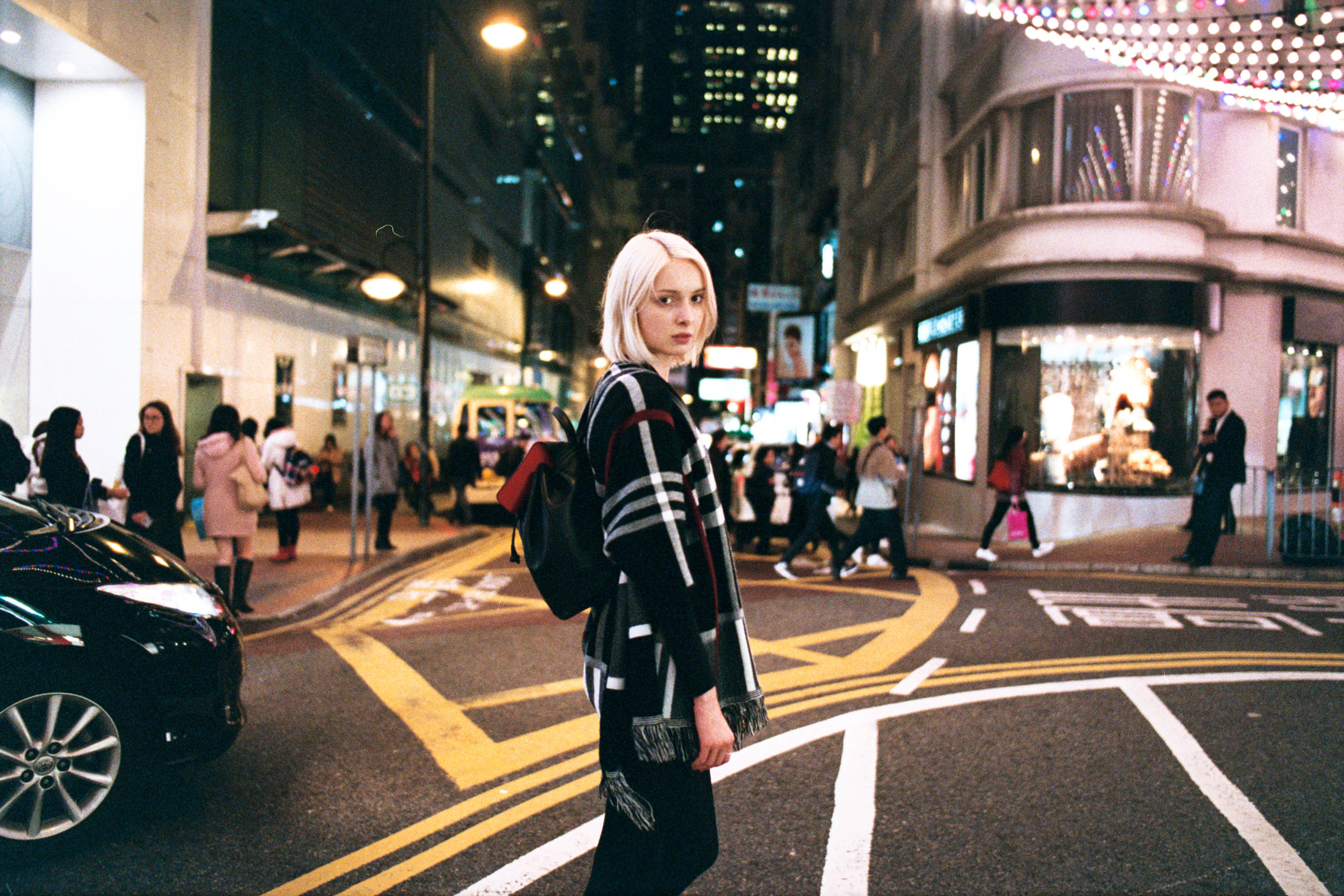
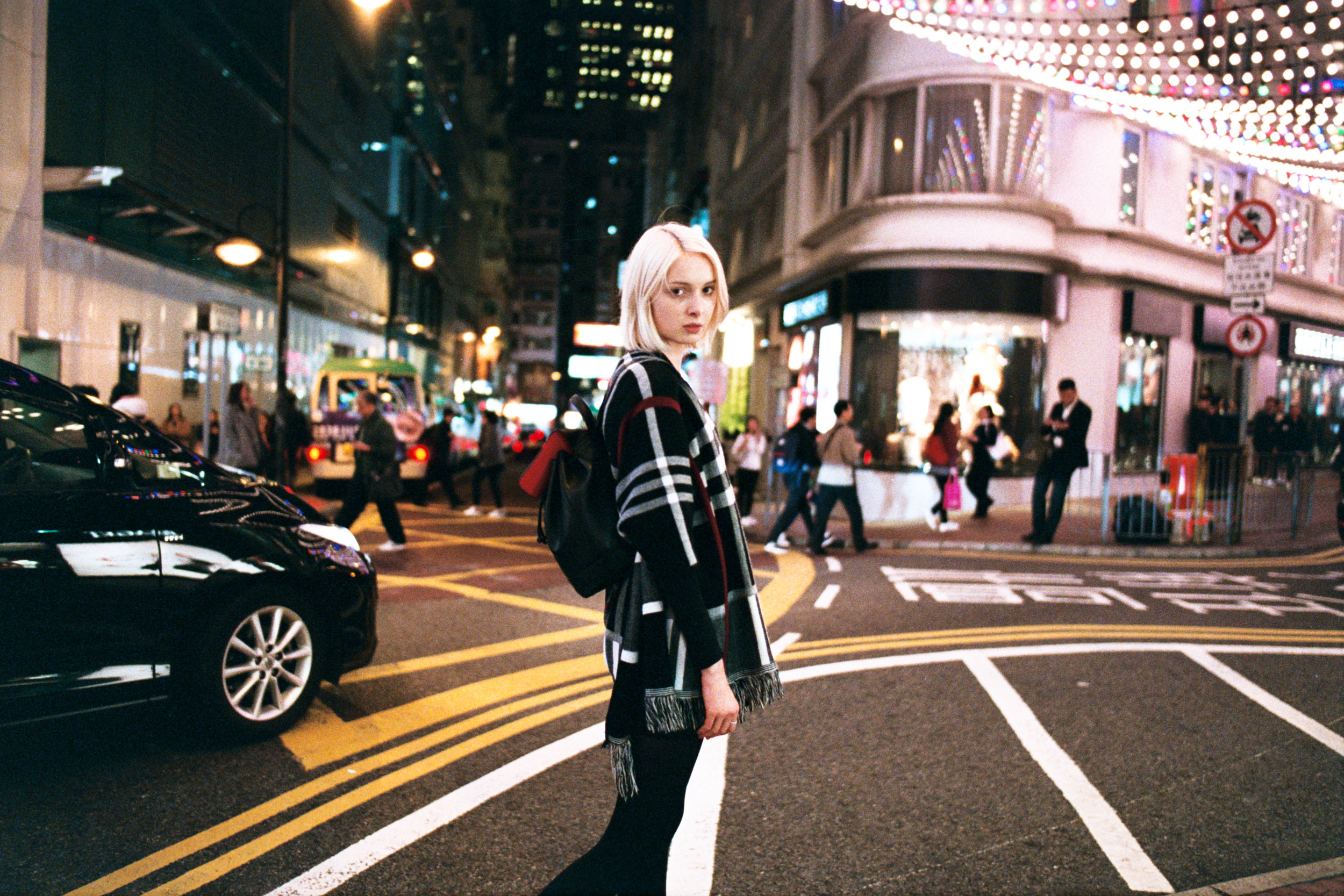
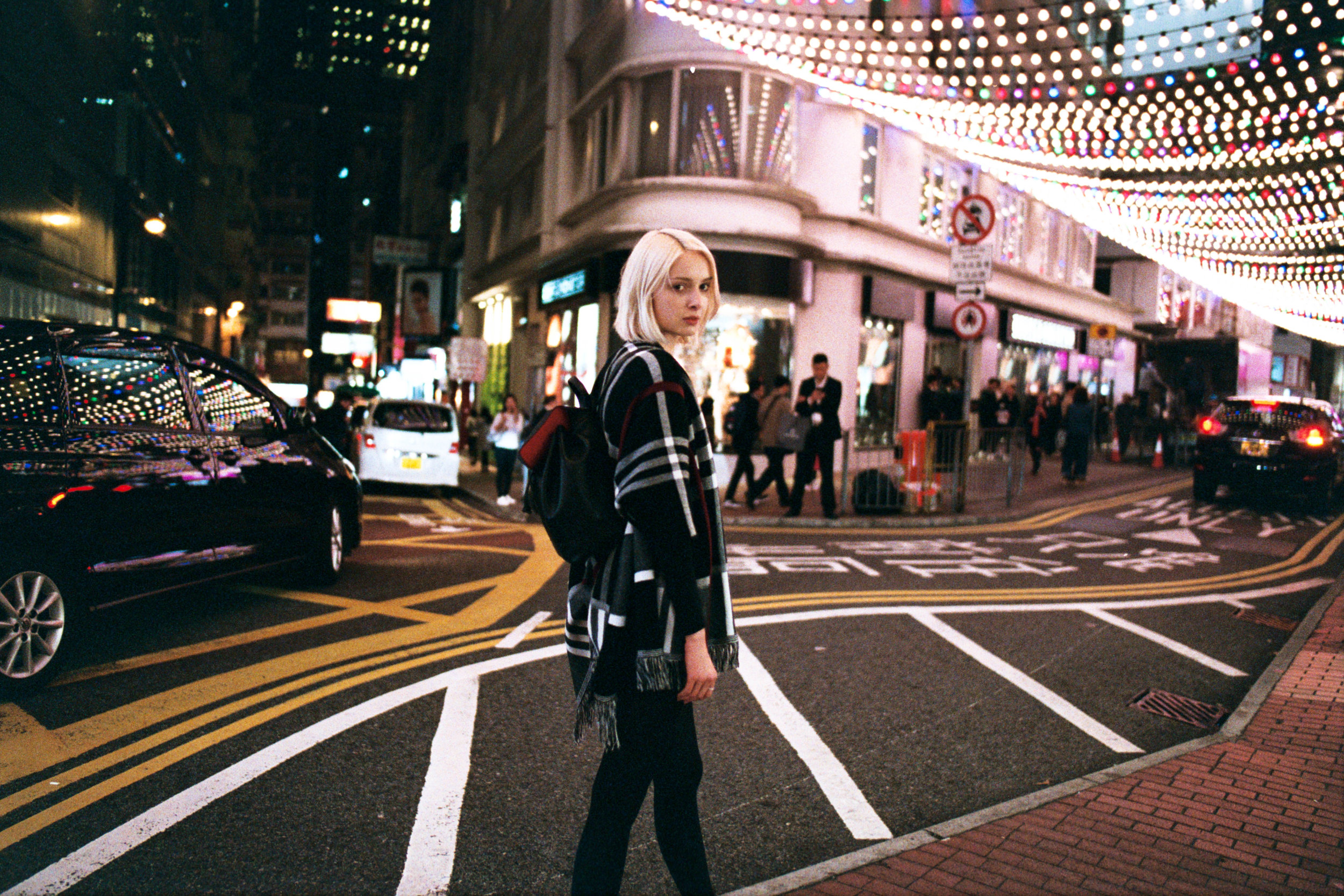
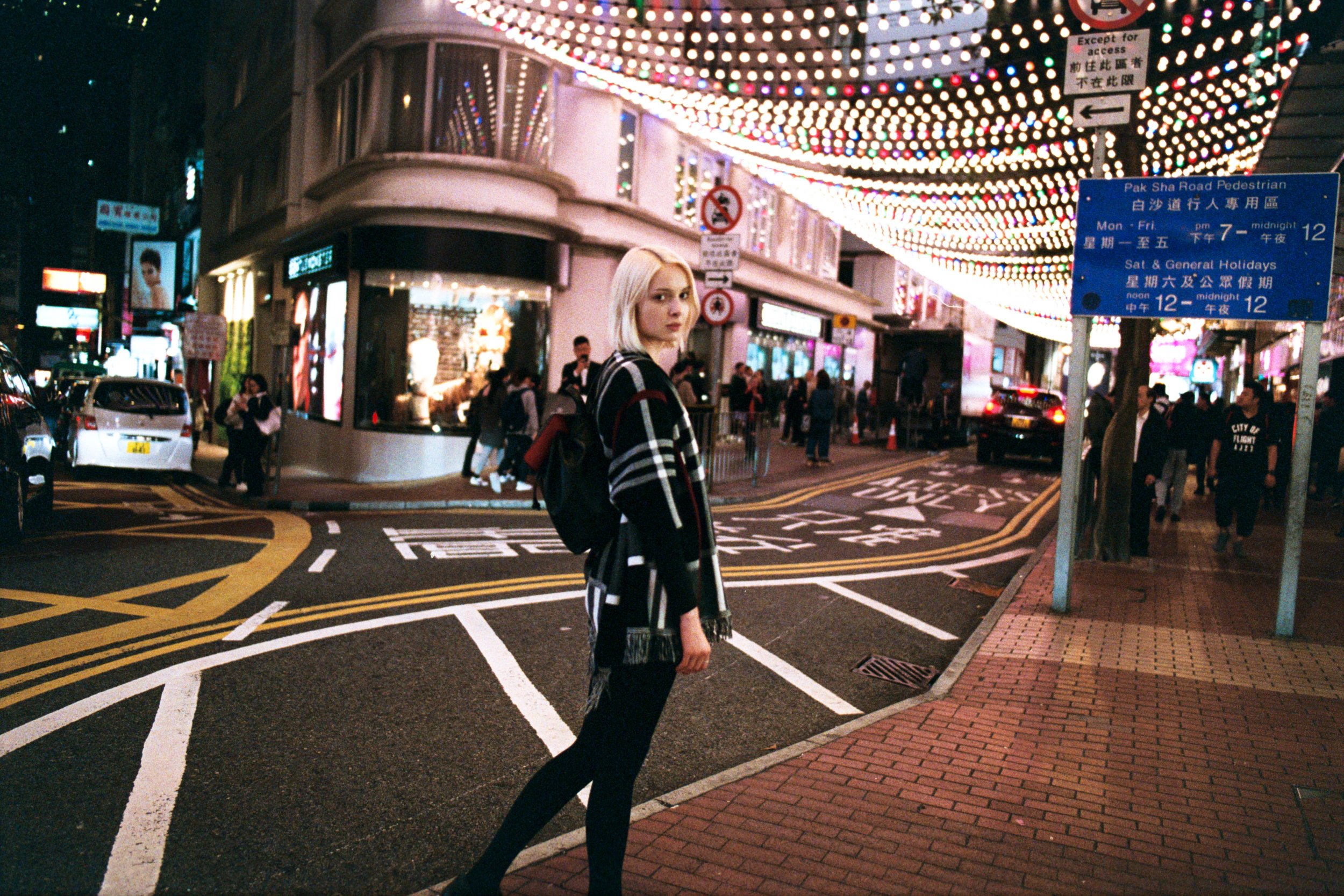
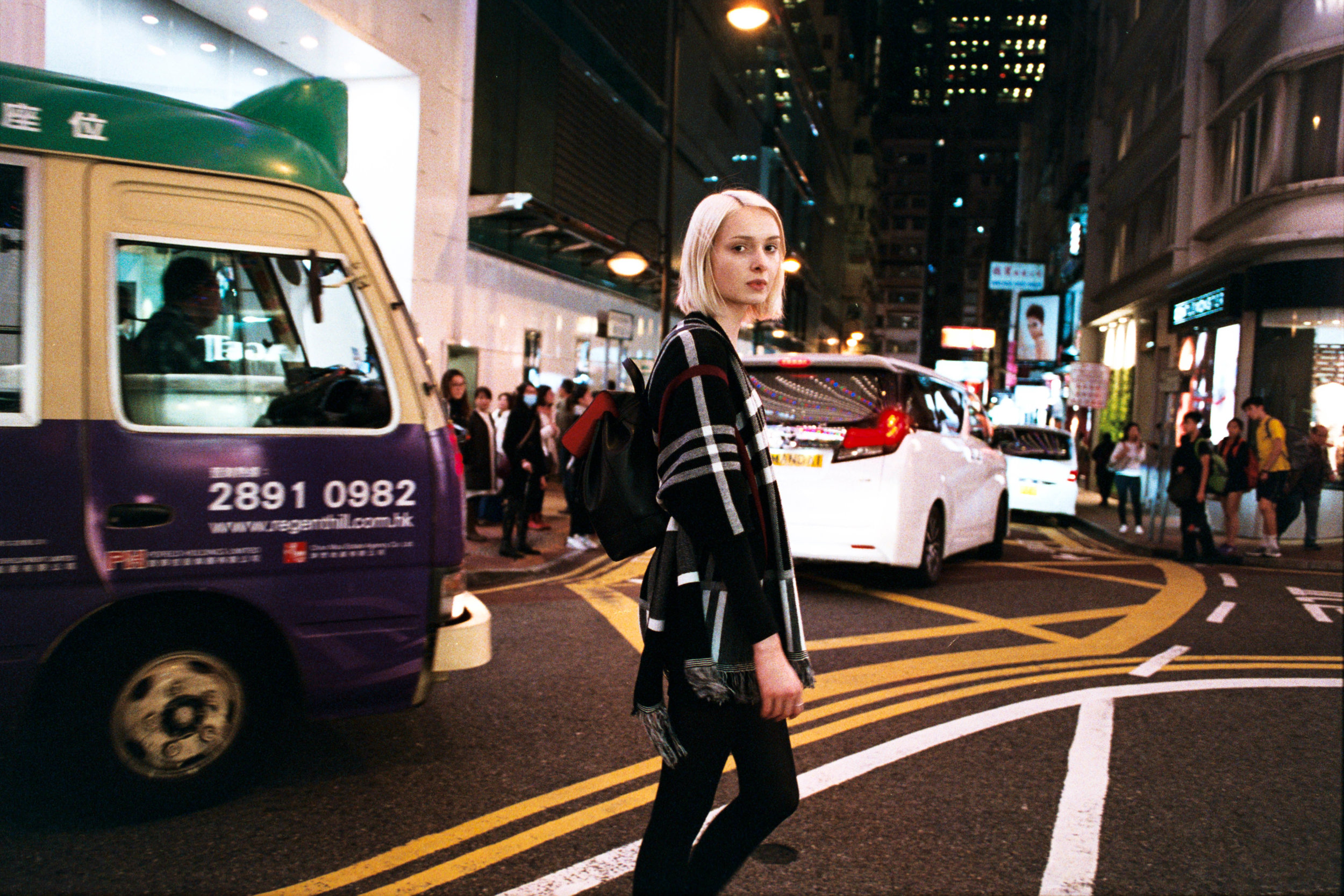
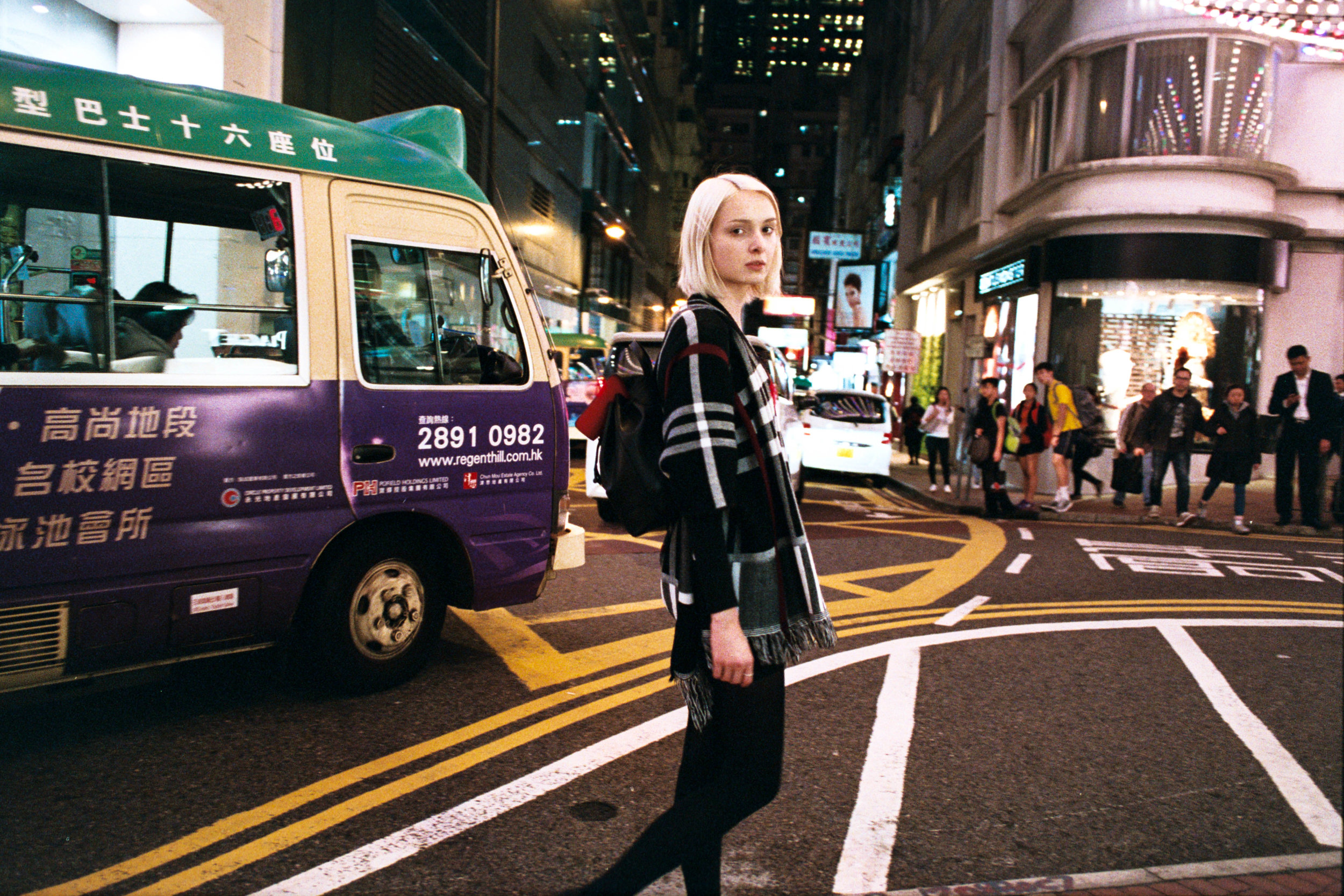
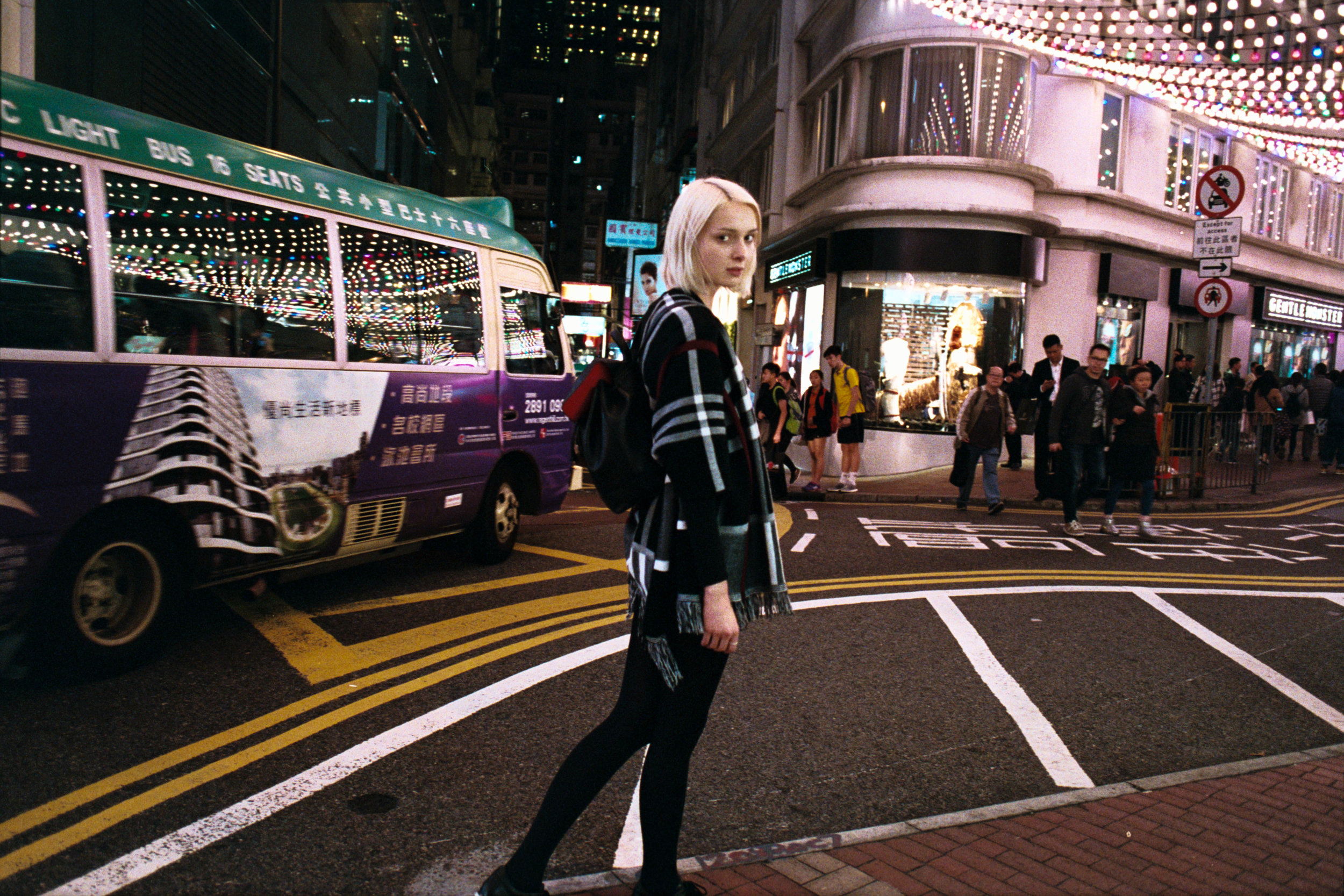
Nikon F6 + Nikon AF-S 28mm f/1.4E + Fujifilm Superia Venus 800
Nikon F6 + Nikon AF-S 28mm f/1.4E + Fujifilm Superia Venus 800
Canon EOS 1v + Canon EF 28mm f/2.8 IS USM + Fujifilm Superia Venus 800
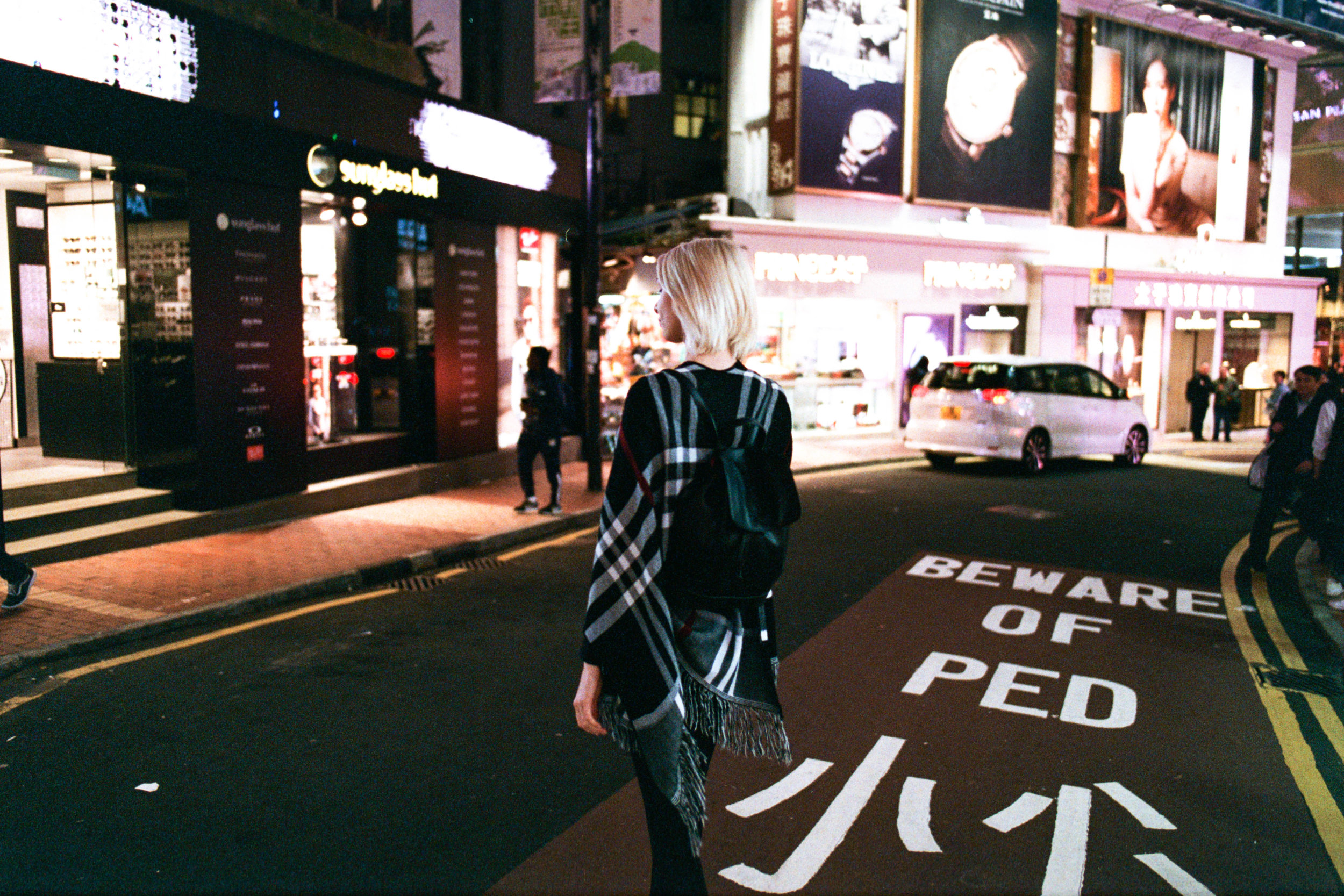
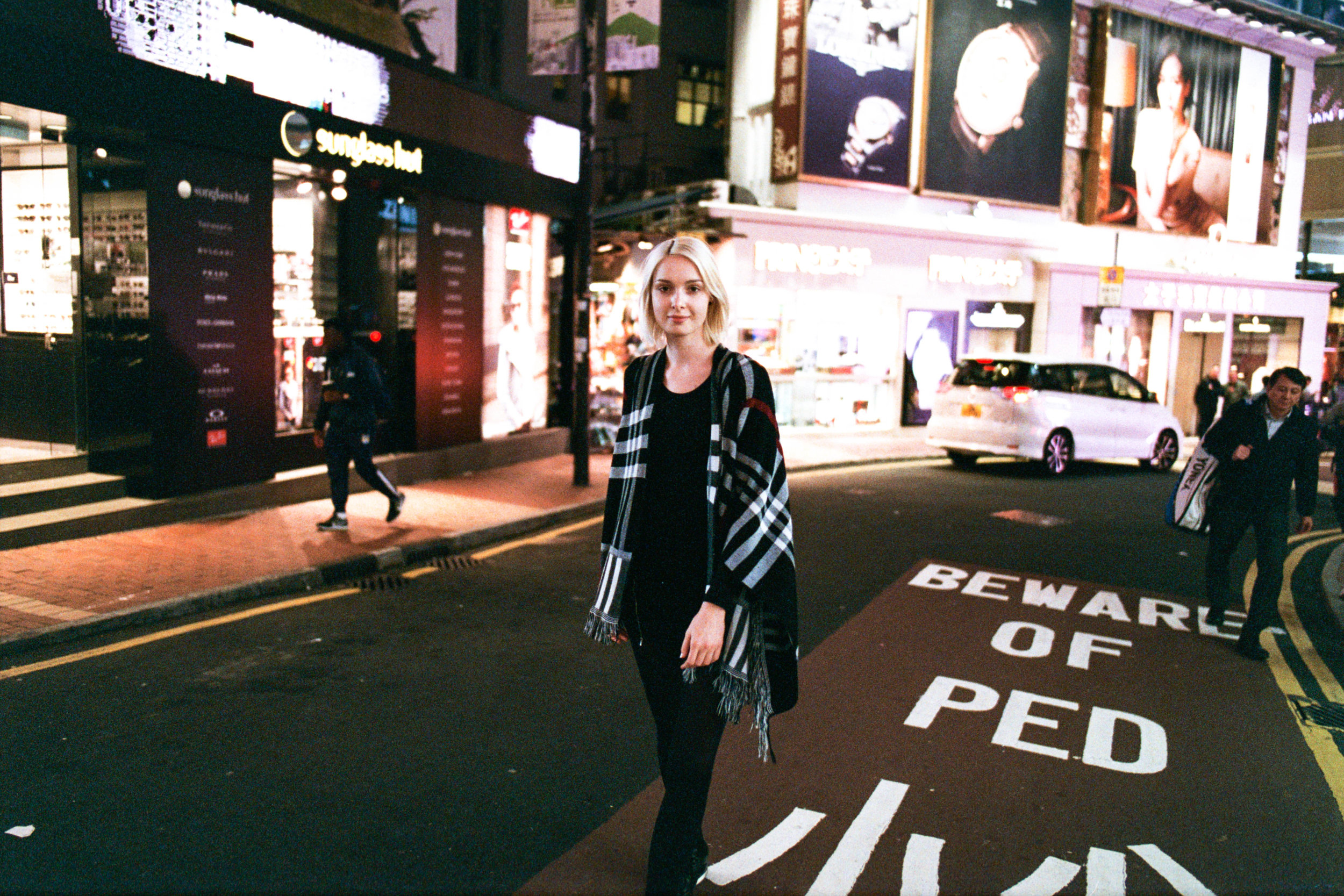
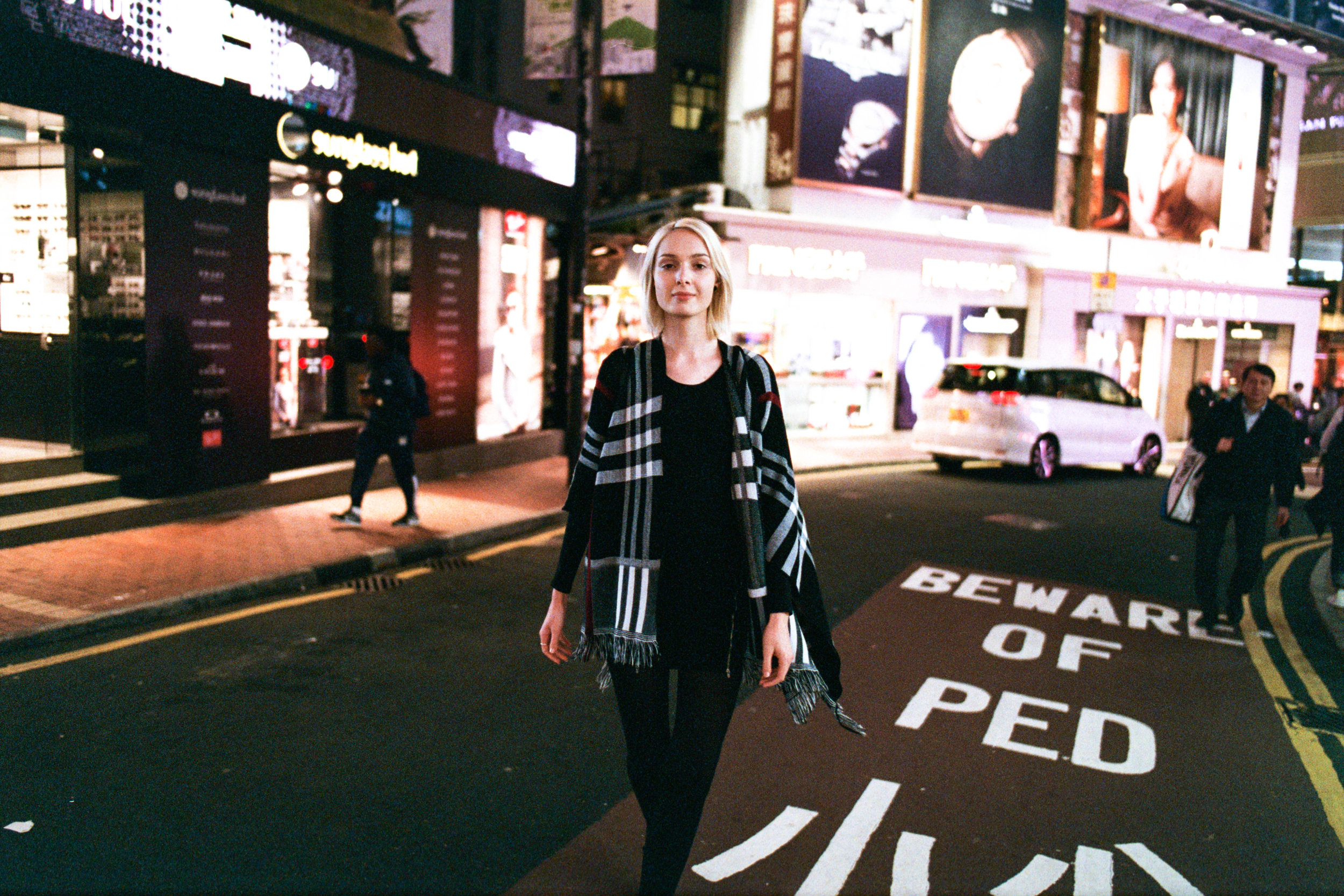
Nikon F6 + Nikon AF-S 28mm f/1.4E + Fujifilm Superia Venus 800 - Pushed 1 stop
Canon EOS 1v + Canon EF 28mm f/2.8 IS USM + Fujifilm Superia Venus 800 - Pushed 1 stop
All images have been optimized tonally in Lightroom. Colors have not been altered, since film is perfect. All images have been cropped by the film scanner. All Nikon images from the 28mm f/1.4E shot at f/1.4. All Canon images from the 28mm f/2.8 IS shot from 1/30s to 1/8s.
Thank you Judit, again.








